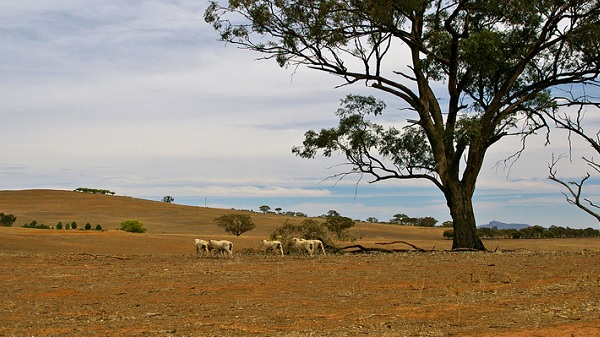
The last major drought in East Africa, in 2011, caused hundreds of thousands of deaths in the region. What is causing these droughts anyway? And why are they becoming more common? Can the Indian Niño be blamed?
By Rob Marchant (The Conversation) |
(CNN)–A severe drought threatens millions of people in East Africa. Crop harvests are well below normal and the price of food has doubled across much of Ethiopia, Kenya, Somalia and nearby countries.
The last major drought in the region, in 2011, caused hundreds of thousands of deaths. They are becoming more frequent and more intense — and each has a disastrous impact on the economies of nations and livelihoods of people.
So what is causing these droughts? And why are they becoming more common?
At least part of the explanation lies with a climate phenomenon known as the “Indian Ocean Dipole”. The dipole, often called the Indian Niño due to its similarity with El Niño, is not as well known as its Pacific equivalent. Indeed, it was only properly identified by a team of Japanese researchers in the late 1990s.
The dipole (Indian Niño) refers to the sea’s surface temperatures in the eastern Indian Ocean off Indonesia, cycling between cold and warm compared to the western part of the ocean. Some years the temperature difference is far greater than others.
We are currently coming out of a particularly strong dipole. At its peak, in summer 2016, the sea off the Indonesian coast was 1℃ or so warmer than waters a few thousand kilometers to the west.
Warmer seas evaporate more water and, on this sort of vast scale, a relatively small temperature difference can have a big effect. In this case it meant there was a lot more moisture in the atmosphere above the eastern Indian Ocean.
READ: Emmy Award-winning Actor Ben Stiller Leads Online Somalia Aid Campaign
As moist air is cooler than dry air, this in turn affected the prevailing winds. Wind is simply the atmosphere trying to equalize differences in temperature, density and pressure. Therefore, to “even out” the unusually cool air, a warm, dry wind began to blow eastwards from Africa across the ocean.
This is disastrous for farmers in the Horn of Africa who rely on moisture from the Indian Ocean to generate the “short rains” that run from October to December and the “long rains” from March to June. With winds blowing out to sea, the air was even drier than usual.
Read the complete story at CNN Africa
——
See also:
- Drought Is Pushing Food Prices up Sharply in East Africa: FAO
- Hungry and Desperate, Thousands of Somalis Trek to Ethiopia: UNHCR
- VIDEO: UN Seeks $1.9 Million to Address Famine Situation in Drought Affected African Countries
- EU Announces €165m Additional Support for Famine and Drought Affected Countries in Horn of Africa
- FAO Is Committed to Walking alongside with the Communities Affected by the Drought Impacts in Ethiopia
